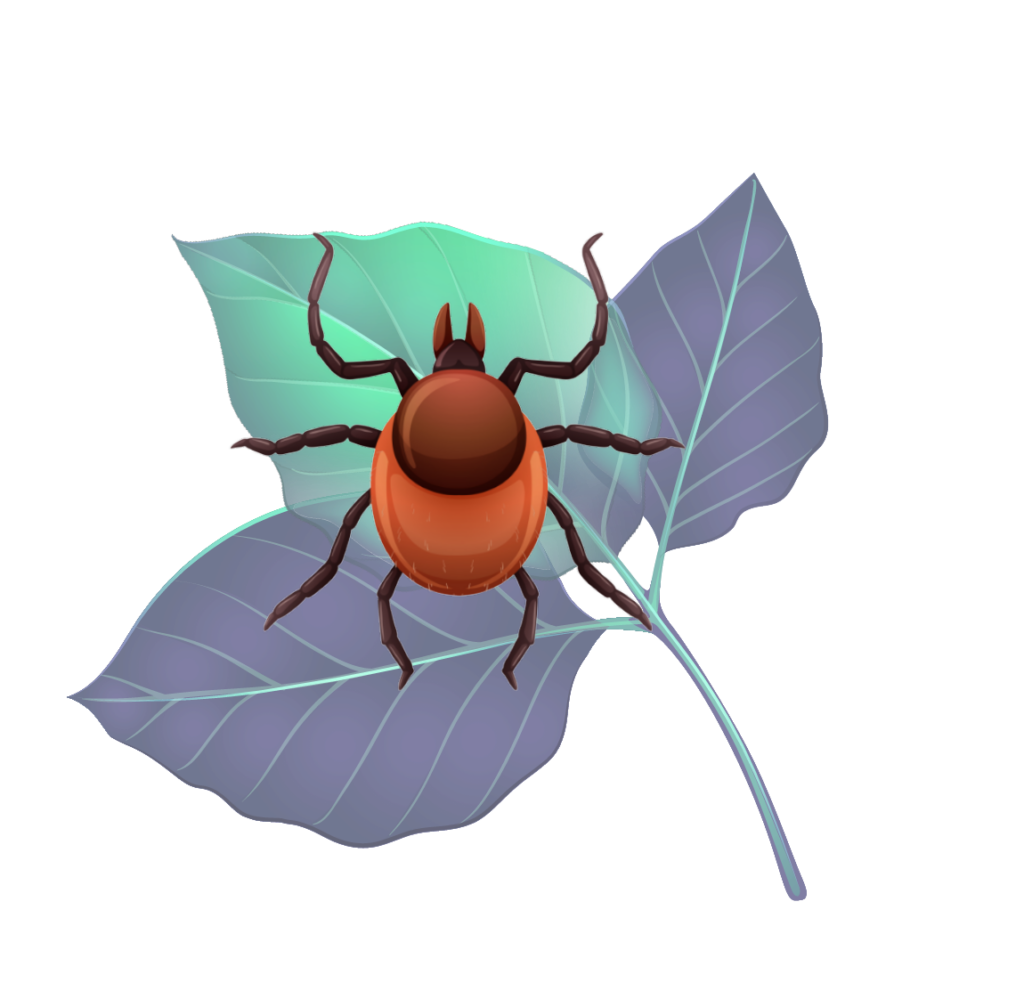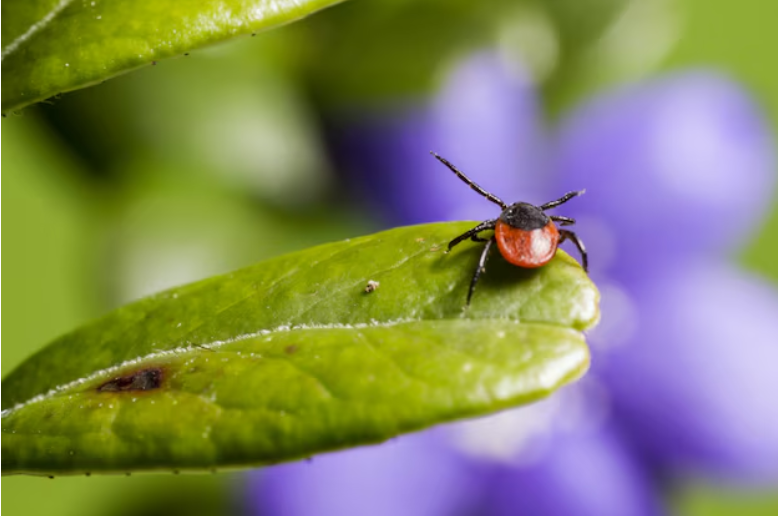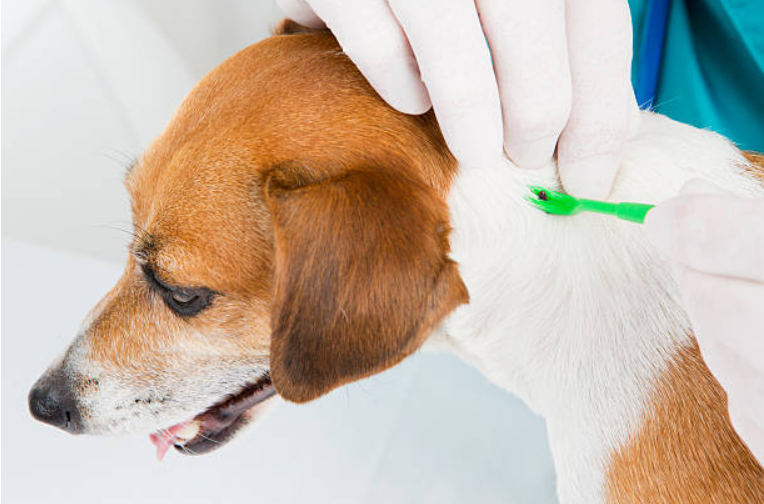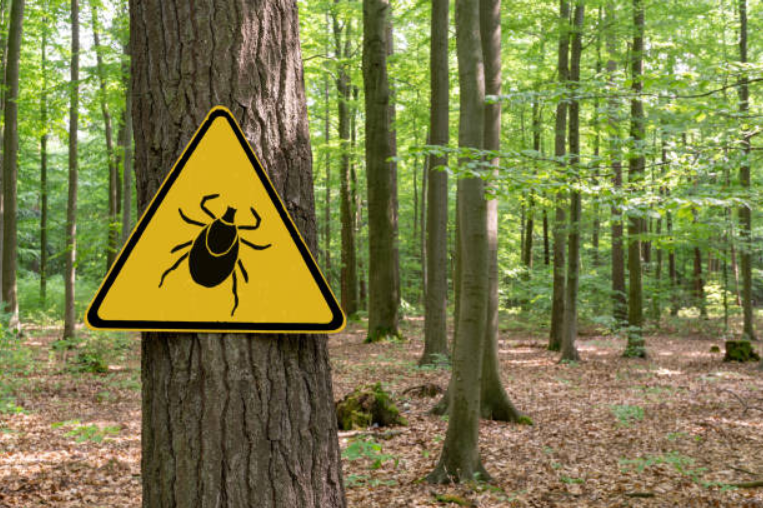Lyme Disease in Specific Audiences
A Comprehensive Guide


Does Lyme disease affect a specific population? What does this mean? Lyme disease is caused by an infected tick bite commonly referred to as deer tick. It is crucial to know who is more susceptible to this disease. Does this disease affect people of all ages? . Or the diagnosis and treatment for Lyme disease is limited to specific people. Let’s explore more about the consequences, dangers, and treatment of Lyme disease to children, pregnant women, pets, athletes, and outdoor enthusiasts.
Lyme Disease in Children: Symptoms and Treatments
Lyme illness is common in children who live in areas with high tick populations. Parents must ensure the area they live in is free of ticks. If they find ticks, they need to take protective measures for their children as little children cannot articulate their symptoms
Common Symptoms in Children:
nvolving in outdoor activities provides peace of mind. But when you are especially in tick-prone areas, it is crucial to follow preventive steps.
Lyme disease prevention tips involve appropriate clothing, use of repellents and do a complete check for ticks while back to home.
Consider practical tips for taking safety measures to avoid ticks:
Fever and chills
Fatigue
Headaches
Muscle and joint pain
The classic bulls-eye rash (not always present)
Neurological symptoms like difficulty concentrating, irritability, and facial paralysismay appear in children as well if there is a delay in appropriate treatment.
Treatment for Lyme Disease in Children
It is crucial to diagnose at the early stage. It will help to treat the disease easily and usually it takes 2 to 4 weeks for the children to get completely recovered.
If the disease is unnoticed or untreated then it can lead to Lyme arthritis or even any other neurological infection.
Getting frequent consultations from the doctor and observing the symptoms of the children mindfully is crucial.

Pregnancy and Lyme Disease: Risks and Care
Getting affected by Lyme disease during pregnancy is at higher risk. If the pregnant women live in an endemic region for ticks then you need to take preventative measures for safety. Even though the bacterial infection cannot cross the placenta, it may cause severe health issues for both the mother and unborn child.
Risks of Lyme Disease During Pregnancy
- Stillbirth or miscarriage in women due to infections
- Premature birth due to an untreated infection.
- There is a chance that infants may get exposed to this disease at birth.
Lyme Disease Treatment During Pregnancy
Seek doctor’s help immediately if you are not feeling well during pregnancy for immediate treatment.
Observe the symptoms carefully and take diagnostic tests that are recommended that confirm the disease.

Lyme Disease in Pets: How to Identify and Treat It
It is quite common for pets to get infected easily, especially living in endemic areas. But frequently if the pet gets affected with health problems the Lyme disease is ignored.
What are the signs of Lyme Disease in Pets?
- Observing your pet for lameness or a limp, often in their limbs.
- Observe your pet’s behavior, such as not taking food.
- Watch out for signs like over sleep or unusual fatigue in your pet.
- Observe the lymph nodes of your pets and check for swelling.
- Notice if your pet has a fever.
In the later stage of the disease, it may result in arthritis, kidney failure, and also heart problems. Ensure the Lyme disease symptoms in your pet and observe its activities.
Treatment for Lyme Disease in Pets
Take your pets immediately to a veterinarian if you observe changes in their behaviour and symptoms like raise in temperature. Doctors may prescribe antibiotics ensuring the health condition of your pet. The treatment can help your pet to recover in 3 to 4 weeks effectively. Even if you are staying in an endemic area of ticks consider taking precautionary measures for your pets as well. It involves anti-tick control measures such as veterinarian-approved sprays, and Lyme vaccines, and checking for ticks after an outdoor session
Prevention Tips for Pets
- Administer tick prevention collars and treatments.
- After walks or playing outside, always check your pet for ticks.
- Trimming yard grass and shrubs to control ticks in the place.
Athletes and Lyme Disease: Recovery and Performance
Athletes usually take care of their health effectively but as Lyme disease is a tick-brone disease any person can get affected easily. Athletes spend many hours outdoors for their practice and training and are likely at risk of getting Lyme disease. Fatigue, and joint pain are common symptoms of Lyme disease. It must be observed properly and confirm the disease at the early stage and get effective treatment to avoid severe complications.
How are athletes affected by Lyme disease?
- Tiredness: One of the most common symptoms, which makes training and performance difficult.
- Swelling and joint pain: Particularly in bigger joints such as knees, making it hard to do workouts.
- Neurological Issues: Balance, coordination, and concentration difficulties.
Recovery and Treatment
Like everyone, athletes infected with Lyme disease also should focus on recovery as soon as possible. Seek help from healthcare professionals and getting antibiotic treatment is essential. Athletes must follow their doctor’s instructions on proper rest and recover. After complete recovery from the infection athletes can continue their training and participation in competition, but the recovery times differ for every individual.
Tips for Athletes
- Wearing fully covered dress , pants, and tick protective clothes are recommended.
- Disinfect after finishing outside activities to remove ticks.
- A Lyme Disease vaccination is sufficient for athletes training in regions with a high risk of contraction.

Lyme Disease Risks for Outdoor Enthusiasts
Outdoor enthusiasts like trekkers, hiking for a day relaxation in forests or grassy regions increases the chances of getting in contact with ticks.
Why Are Outdoor Enthusiasts At Risk?
Woody or grasslands are native places for ticks. And when you are regularly involved with outdoor activities you are at more risk of getting infected.
Ticks are present in wooded areas and near grass and can easily attach to individuals, while the
Lyme Disease in Specific Populations: Prevention and Education
Lyme disease is prevalent in endemic areas of ticks. Populations living in that area whether it is pregnant women, children, athletes or outdoor enthusiasts are likely under risk of getting infected. The following are several important strategies in the prevention of such exposure and protecting these selected groups:
- Awareness of risk and prevention: It is crucial to know their surroundings. Knowledge of the dangers of Lyme disease and measures to avert infection.
- Protective gear: Appropriate clothing, repellents to ticks, and checking yourself regularly can prevent exposure to tick bites.
- Early detection and treatment: If symptoms appear, seek medical attention early for possible differences in the disease outcome.
Management of Lyme Disease in Specific Populations
Lyme disease affects different populations differently. It is crucial to understand their spreading nature, risks and treatments. Especially when it comes to children, pregnant women, athletes, and outdoor enthusiasts more care is needed for preventing the disease or proper treatment immediately.
If you belong to Lyme target audiences, stay informed, take necessary precautions and seek early treatment to avoid the long-term effects of the disease. The bottom line is that these recommendations can help to make a difference for targeted groups affected by Lyme disease.
